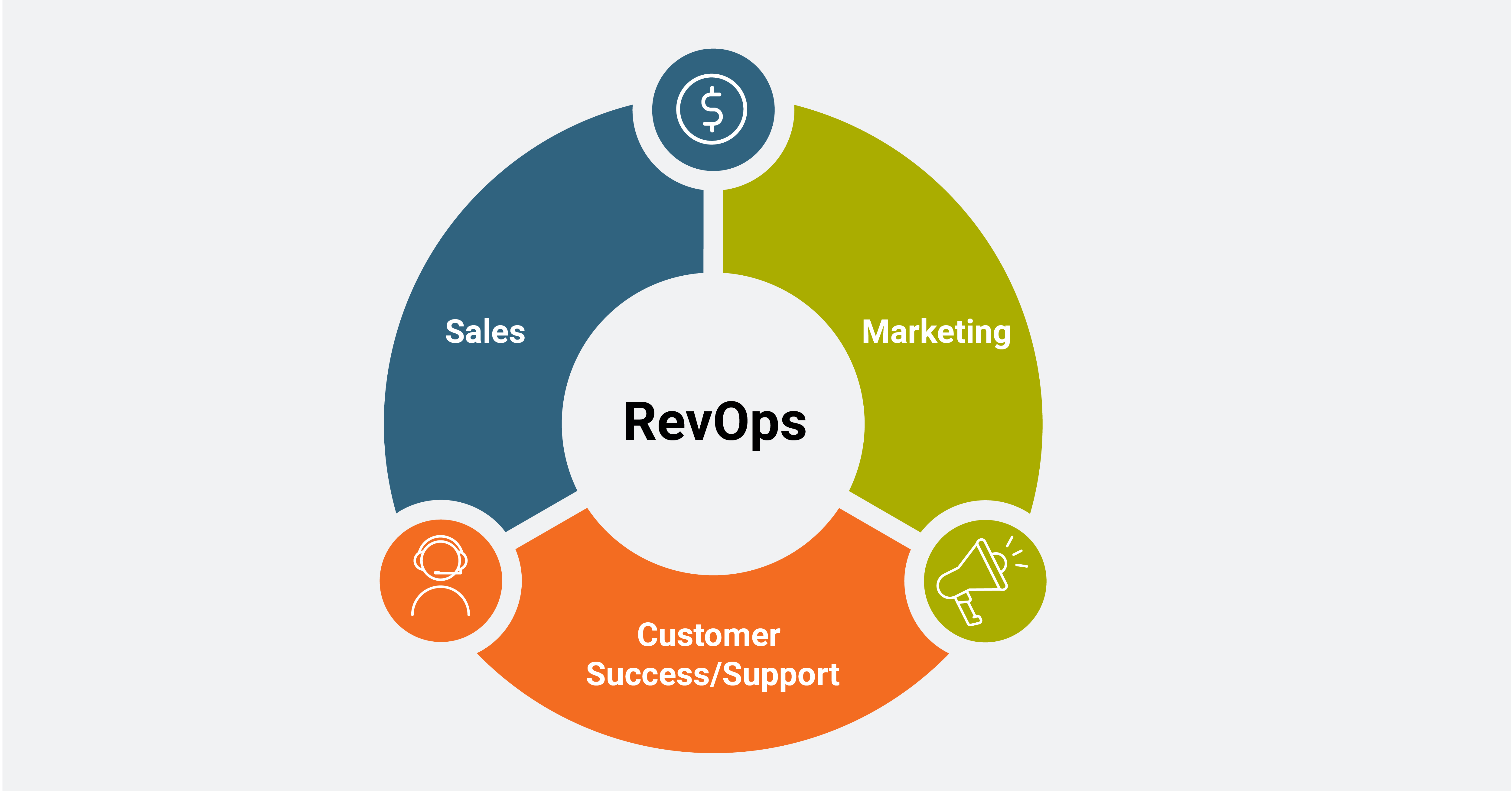Effective Strategies for Hiring and Retaining Top Talent

Attracting and keeping the right employees is one of the most critical challenges organizations face today. A strong team fuels innovation, drives growth, and supports long-term success, but building that team requires a thoughtful approach. Businesses that focus on effective strategies for hiring and retaining top talent not only secure skilled professionals but also create an environment where people want to stay and thrive.
In today’s competitive labor market, companies must go beyond offering a paycheck. They must understand what motivates individuals, how to showcase their organizational strengths, and how to build a workplace culture that aligns with employee aspirations. By doing so, they not only attract talent but also develop the trust and loyalty necessary to retain it.
Creating an Attractive Employer Brand
One of the most important strategies for hiring and retaining top talent begins with the image a company projects to potential employees. An employer brand is the reputation a business builds based on how it treats employees, how it communicates its values, and how it supports career growth. Talented professionals are often drawn to organizations that have a clear identity, a strong mission, and a positive culture.
A well-defined brand communicates that the company is not only a place to work but also a place to build a meaningful career. When job seekers see that current employees feel valued, supported, and motivated, they are more likely to pursue opportunities with that business. Transparency in communication, recognition of employee contributions, and showcasing opportunities for advancement all strengthen an employer brand.
Equally important is the candidate experience during the hiring process. Respectful, clear, and efficient interactions make a lasting impression. Even if a candidate is not hired, how they are treated can influence the way they view the company. Businesses that handle recruitment professionally establish themselves as desirable employers, which helps attract top talent in the long run.
Building a Supportive Work Environment
Attracting talent is only the first step; retaining it requires cultivating an environment where employees feel valued and supported. A positive workplace culture is at the heart of effective strategies for hiring and retaining top talent. When individuals feel respected, trusted, and encouraged, they are more motivated to contribute and remain with the organization.
Professional development opportunities are a vital component. Employees want to know they can grow within a company, whether through training programs, mentorship, or access to new challenges. By investing in career growth, businesses demonstrate a commitment to their people, which fosters loyalty.
Work-life balance is another critical factor. In an era where burnout is increasingly common, companies that respect employees’ time outside of work tend to see higher retention. Flexible schedules, remote work options, and supportive policies signal to employees that their well-being is a priority.
Recognition and rewards also play a role in building a supportive environment. When accomplishments are acknowledged, whether through formal programs or simple expressions of appreciation, employees feel seen and valued. This sense of recognition often motivates them to stay and continue contributing to the success of the business.
Leadership and Communication as Retention Drivers
Leadership style and communication practices significantly influence employee satisfaction. Managers who are approachable, supportive, and transparent build trust within their teams. Open communication channels encourage employees to share ideas, raise concerns, and feel part of decision-making processes.
One of the most overlooked strategies for hiring and retaining top talent is ensuring that leadership embodies the values and vision of the company. When employees see their leaders acting with integrity and commitment, they are more likely to feel aligned with the organization. Conversely, poor leadership is one of the main reasons employees leave, regardless of compensation.
Regular feedback and performance discussions are important tools for maintaining engagement. Employees want to know how they are performing and where they can improve. Constructive feedback helps them grow, while positive reinforcement motivates them to continue excelling.
The Long-Term Value of Retention
While much attention is often placed on recruitment, the real strength of an organization lies in its ability to retain the talent it has worked so hard to attract. High turnover not only disrupts operations but also leads to increased costs in hiring, training, and onboarding. By focusing on strategies for hiring and retaining top talent, companies reduce these costs and build a stable workforce.
Retention also has a direct impact on workplace culture. Employees who stay long term develop stronger relationships, share institutional knowledge, and contribute to a sense of stability. This stability creates a foundation for growth and innovation, as teams can build on shared experiences and trust.
Moreover, employees who feel invested in a company’s success often become advocates for the business. Their enthusiasm can strengthen the employer brand, attract new talent, and even improve customer relationships. This cycle of satisfaction and loyalty benefits not only the workforce but also the overall performance of the organization.




